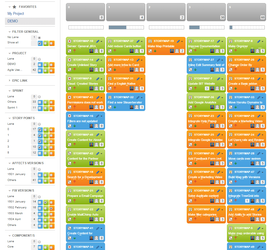Simplify calibration of your Agile Estimates
Back when I managed waterfall development teams, I had a secret technique that almost always meant my projects came in on time. It was simple but uncannily accurate, although management regarded my delivery timescales as conservative, flaky or downright dumb when I initially published them. As usual, developers would take the Functional Specification that the Technical Architect had prepared from the Requirements Specification and estimate unit coding and test time. The Test Team would estimate tasks like system testing and UAT. This used the estimating technique of Expert Opinion.

